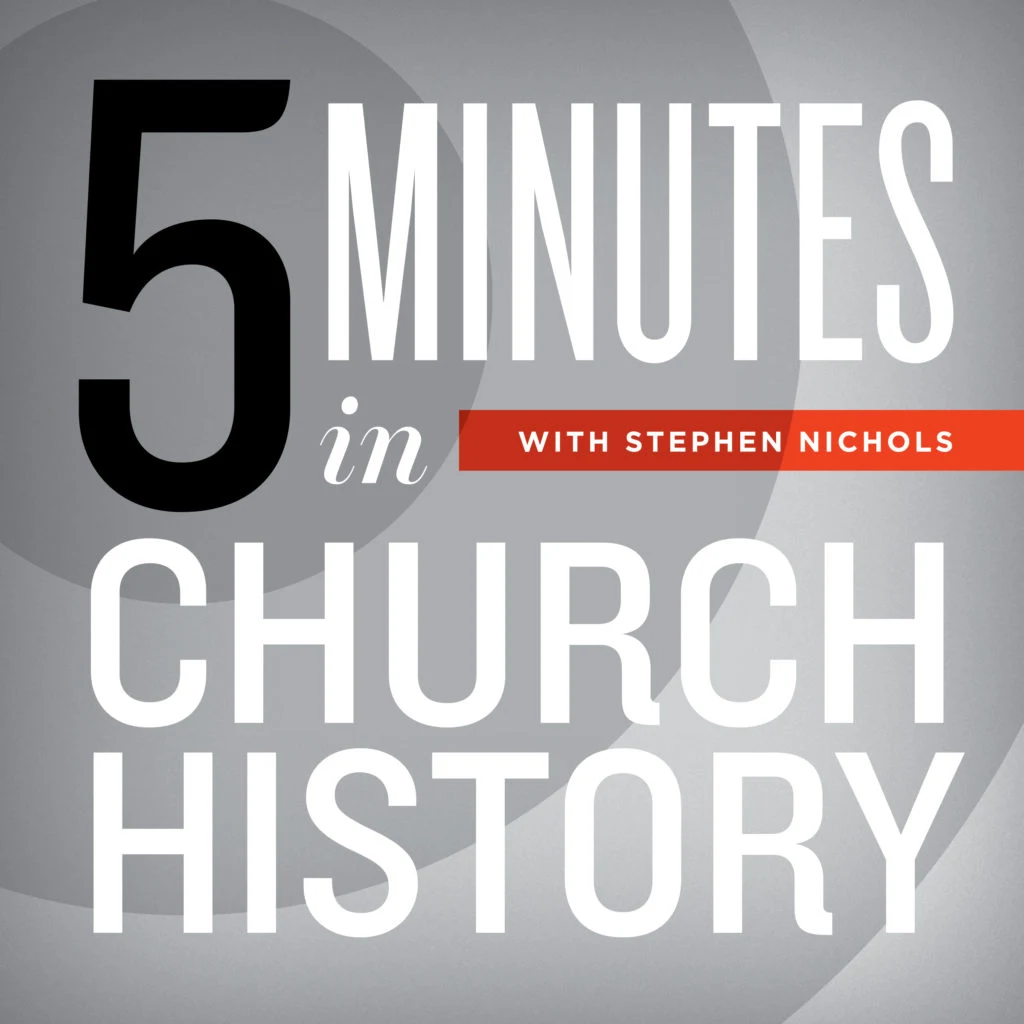March 28, 1754

On May 7, 1740, Edward Billing, a good friend of Jonathan Edwards, was installed as pastor at a church in Cold Spring, Mass. Edwards preached the sermon at the installation service. All was well at the church until the communion controversy hit. This controversy—centering on the requirements for full church membership and receiving communion—would also ricochet through Edwards' congregation in Northampton, Mass., eventually leading to his dismissal in 1750. Edwards and Billing opposed the Half-Way Covenant, a view that extended full membership—including admittance to the Lord's Table and the right to have children baptized—to those who accepted the church's teachings but did not show evidence of having been regenerated.
The Congregational churches in that area had formed ministerial associations, which functioned in a way similar to presbyteries. Churches within a certain region would band together to form a ministerial council. Decisions made in the local church—regarding the dismissal of a minister or conflicts in the church, for instance—sometimes ended up before the ministerial council for review.
And so it was with Edwards' dismissal from Northampton. It was turned over to the Hampshire Ministerial Association. The Cold Spring church did not like Edwards' view on communion and they did not like their pastor, Billing. Edwards wanted Billing to be there on the council because he knew Billing would vote for him. But the church refused to send him. However, Billing went anyway. He should have had an associate with him from the church—one of the elders or deacons from the church—so that Cold Spring would have two votes. But no one went with him. As you might guess, the decision of the Hampshire Ministerial Association was decided by one vote and Edwards was removed.
Billing was soon also engaged in controversy in his church. Like Edwards, he wrote a book on the issue. In 1752, he published A Dialogue on the Christian Sacraments, and once that book came out, his church dismissed him. For a few years, he was without a pulpit, until he was called to the church in Greenfield, Mass., in 1754.
Edwards also preached the sermon at the installation service in the Greenfield church; it was March 28, 1754. And these Puritan sermons had a form. They call it the plain form sometimes. They wouldn't start with a joke; they would just start with the text. No joke, no story, just the biblical text. They would quickly exposit it and then they would move on to what they called "the doctrine" and then they would move from there to what they call "the application."
For this installation sermon for his good friend Billing, with whom he had endured such controversy, Edwards preached this doctrine. He said to Billing's new congregation, "My design from these words is to consider Christ's expending His own blood for the salvation and happiness of the souls of men, in the view both of an inducement and a direction to ministers to exert themselves for the same end." He ended his sermon by saying this: "Now Christ so loved the souls of men and had so great a regard to their salvation that he thought it worthy for him to so lay out himself. Shall not his ministers and servants be willing to do the same?"
Recent Episodes
Christmas in New England
December 24, 2025|General Church History
A Little Church History of a Middle Colony: The First Great Awakening
December 17, 2025|American Church History
A Little Church History of a Middle Colony: Early Influences
December 10, 2025|American Church History
Gunpowder and a Proclamation
December 3, 2025|Geographical Perspectives
Thanksgiving in Church History
November 26, 2025|American Church History
3 Sermons on the Hallelujah Chorus
November 19, 2025|General Church History
